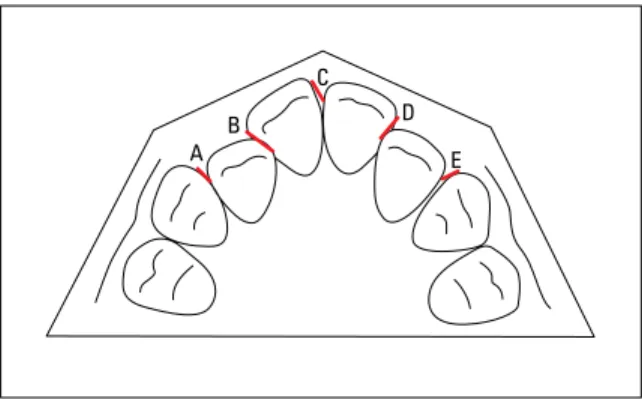Dental Press J. Orthod. vol.16 número5 en a07v16n5
Texto
Imagem




Documentos relacionados
The studied sample consisted of 40 athletes divided into two groups according to the type of shoes worn: group A (n = 19) comprised runners who used cushioned customized
The sample was randomly and equally divided into two groups: group A comprised 7 animals that were submitted to continuous carbon dioxide insufflation of the abdominal cavity,
The population comprised 189 randomly and prospectively selected patients that were divided into three study groups (each with a different therapeutic objective): 40 patients
Only patients with a score of symp- toms classified as severe were selected and those were divided into a treated group (10 patients with mean age of 76 ± 0.9 years submitted to
A retrospective cross-sectional study, with a population comprised of all charts of patients with suspected PMOL, and with a sample comprised of cases with clinical diagnosis of
Group 2 comprised twenty patients: (a) patients treated with extraction of the first upper premolars, who were also evaluated ac- cording to the same criteria; (b)
Methods: For this, 48 Class II malocclusion patients were selected and divided into two groups according to the treatment protocol: group 1 consisted of dental study
Methods: The sample comprised 64 discs of chemically activated acrylic resin (CAAR) randomly divided into four groups: discs in group 1 were bonded by means of light-cured
